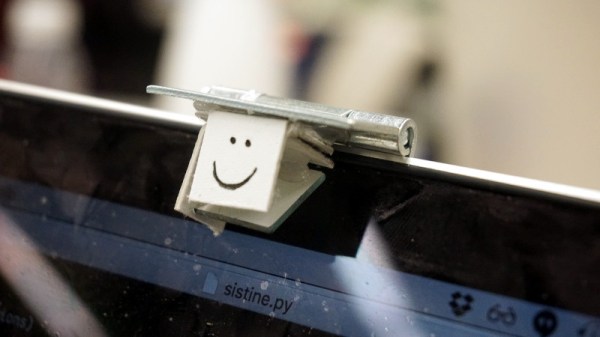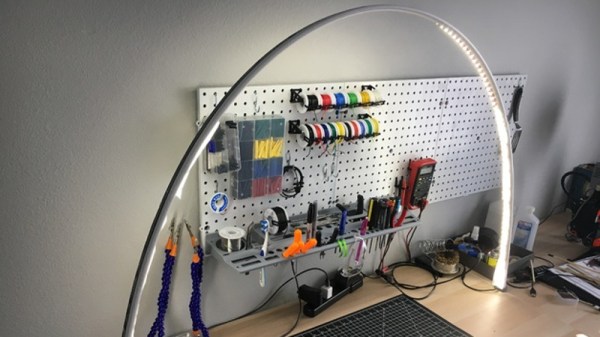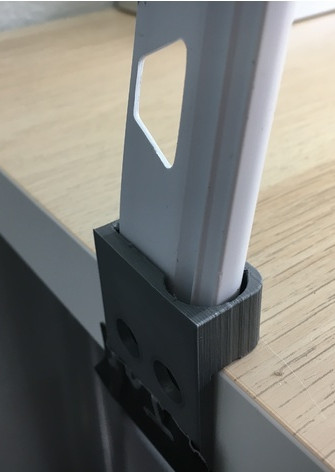Old cars are great. They represent a different time, reflecting the state of society at the point of their design and manufacture, and can charm and delight while also providing useful transport. Except, well… old cars are great, except when they’re not.
With my Volvo 740 hitting its thirtieth birthday and cresting over 200,000 miles, to say its a little worse for wear is an understatement. The turbo dadwagon has suffered transmission issues, and cold starting woes… but most frustrating is the sudden spike in fuel use. After some work, my humble daily driver had slid from using an acceptable 21 miles per gallon, to getting just 15. Add on the fact that the turbocharged engine demands premium fuel, and you can understand my consternation.
Now that I was haemorrhaging cash on a gargantuan weekly fuel bill, I had plenty of motivation to track down the problem. Busy, and eager for a quick solution, I deferred to a mechanic recommended as the local expert in all things Volvo. Sadly, the results were inconclusive — initial appearances were that all the engine’s electronic controls were functioning to specifications, and I was told that it was “probably a bad batch of fuel”.
Unfortunately, several expensive tanks later, sourced from all over town, revealed that the problem was in fact real. With a supposedly reliable report that the fuel mixture was correct, thus ruling out culprits like the oxygen sensor, I began to wonder, was I simply pouring fuel out the tank?
Continue reading “Lazy Hacker Checks Fuel System For Leaks, The Easy Way”















